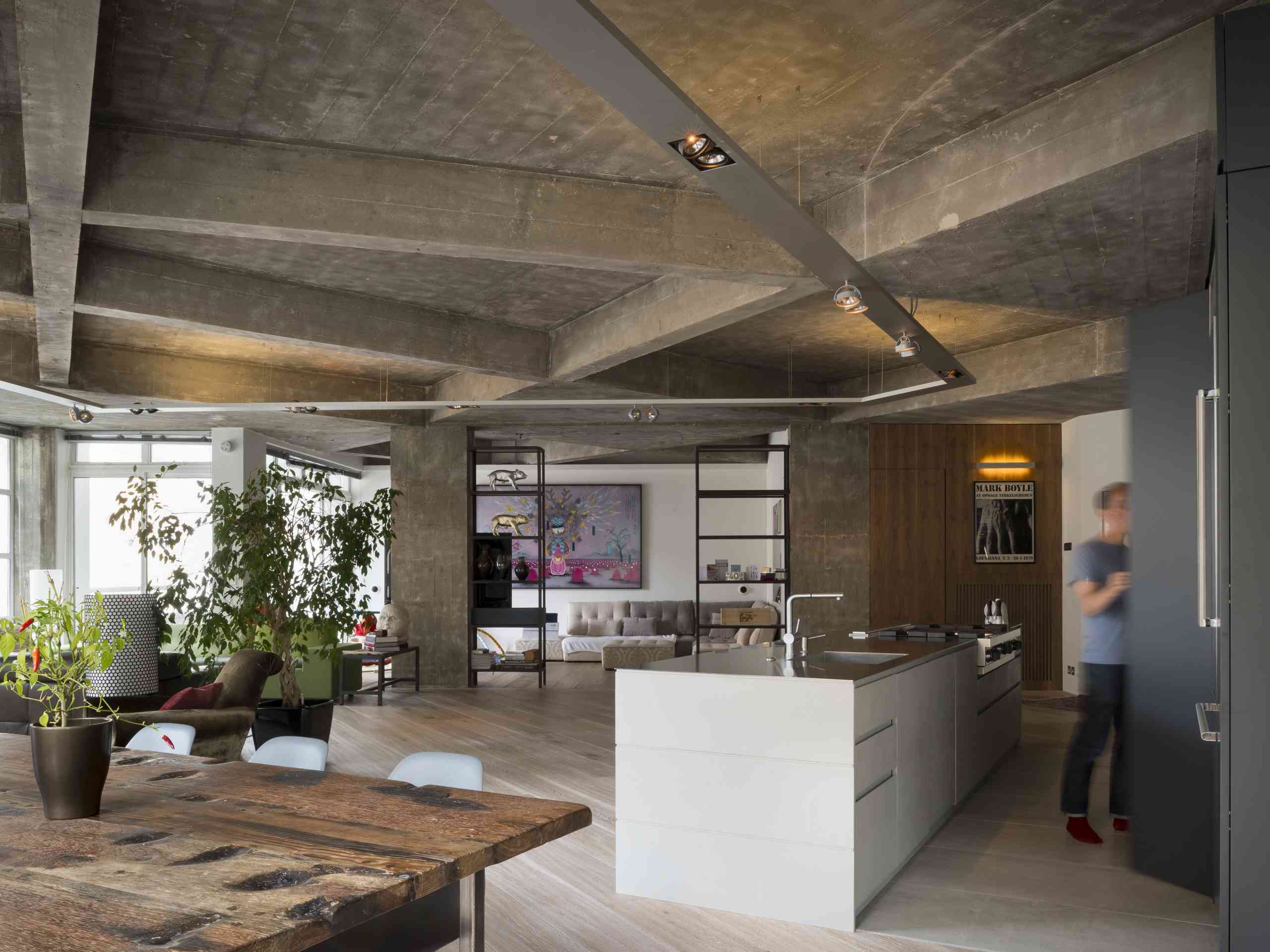Under current planning legislation there are certain conversions to a house that fall under permitted development, meaning you can convert to a house without planning permission. They fall under GDPO (General Permitted Development) Order 1995, where a planning permission is not required. However, there are important exceptions to these rights, which are outlined below.
Conversion to residential project pictured above by Bianca, architect from Southwark, London. Click here to see more and shortlist her practice for your home project.
The following changes of use are allowed under permitted development rules. However, it is a simplification of the complex legislation and so should be used as an initial guide only, for further investigation.
Converting a single family house to a House of Multiple Occupancy (Class C3 to C4)
Planning permission is not usually required when converting a single dwelling (C3) to an HMO (C4), subject to any Article 4 restrictions.
And also the other way round… It is usually permissible under permitted development to convert an HMO (C4) to a single family dwelling (C3) without requiring planning permission, subject to any Article 4 restrictions.
Class C3 Dwellinghouses
- C3(a) covers use by a single person or a family
- C3(b) up to six people in a residential care home
- C3(c) allows groups of up six people who do not class as a House of Multiple Occupancy nor are receiving care as above. This could include a religious community or a home with a lodger.
Class C4 HMOs
- C4 up to 6 people as a House of Multiple Occupancy (HMO).
Converting commercial to residential (Class E to C3 = Class MA)
What is Class MA
A commercial residential conversion (Class E to C3) is known as Class MA. Class MA was introduced in 2021 and allows a floor space of up to 1,500m2. Do note that MA does not apply to HMOs.
Class E (Commercial, Business & Service):
- retail premises (shops, except where the shop is deemed to be for local community use*)
- cafes / restaurants
- premises for professional or financial services (e.g. banks, estate agents)
- premises for sport or fitness (e.g. gyms)
- premises for medical or health services (e.g. doctors and dentist surgeries)
- childcare premises (nurseries etc.)
- offices
- premises for research & development
- light industrial premises.
*In September 2021, when Class E was created, they split shops into two separate classes. Shops will generally fall into Class E, except where they sell essential goods such as food, are no more than 280m2 and where no other shop exists within a 1 km radius.
Sui Generis to residential
What is Sui Generis?
Sui Generis (Latin meaning ‘of its own kind’; unique) relates to building uses which don’t fall neatly into another use class. There are a few uses within Sui Generis which allow for permitted development for change of use to residential.
However, a prior approval application will be required for the following:
- casino (restricted to creating a house of up to 150m2)
- betting shop (office restricted to creating a house of up to 150m2)
- pay day loan shop (restricted to creating a house of up to 150m2)
- hot food takeaway (restricted to creating a house of up to 150m2).
Here is a list of uses you cannot convert to residential through permitted development:
- pubs, bars
- local community building e.g. community halls, swimming pools and local shops* (see above)
- schools, museums, galleries, churches
- residential institutions (other than in Class C3 above)
- hotels
- storage and distribution centre
- industrial use (except where it falls within light industrial use – Class E above).
Exceptions to permitted development rights for change of use
In some circumstances you may not have permitted development rights for your property. For example, if your property:
- is listed
- is in a conservation area
- is in a protected area e.g. an Area of Outstanding Natural Beauty
- has an article 4 restriction in your area, removing permitted development rights.
Planning permission for development
However, even if you do not need planning permission for change of use to residential, you may well need it for the actual development of the property if you’re changing the external appearance or are within a conservation area.
Check with an architect
Before proceeding with a purchase for a non-residential building with an intention to convert it to a house, it’s always worthwhile asking an architect to undertake a feasibility study. As part of this, they can find out what permissions will be required, help you understand what the restraints and opportunities of the site will be, and begin to explore the design potential for your new home.
Get a good architect on your side
It’s really worthwhile finding the right architect to help you through this planning phase of your project. Here at Design for Me we can match you with the best home architects for your project and arrange initial consultations for free. Use the form below to get started and we’ll be happy to help find the right person for you!
Emily Design for Me

